II W.W.
| BEFORE II W.W. | II W.W.
|
AFTER II W.W. |
| UPDATED MAR 2024 | ME - CONTACT |
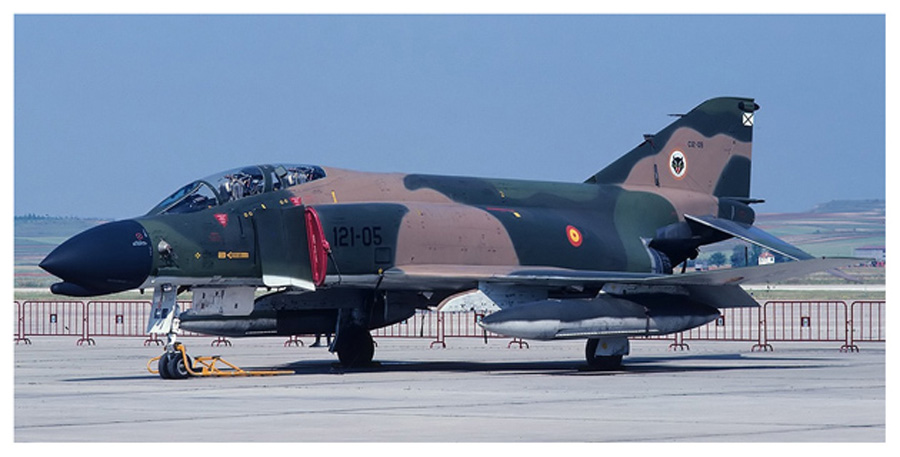 |
|
A-13 -- F-4 PHANTOM |
|
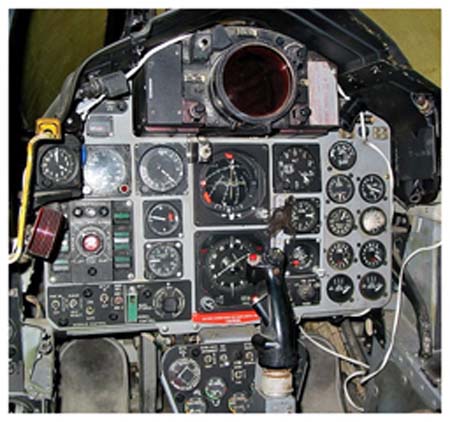 |
 |
THE CLOCKThis is the typical aircraft clock from the Cold War era. The standardization efforts of the United States Armed Forces led to the creation of a single standard timepiece for the entire Department of Defense. This clock equipped all U.S. airplanes during this period.All clocks manufactured according to these specifications and requirements, such as having an independent chronograph, a minimum of 15 jewels, a power reserve of at least 8 days, and a variation of no more than 75 seconds in 6 hours at -35 degrees Celsius (among many other specifications), are known as A-13 clocks.The manufacturing companies, meeting these requirements, created the clock, which had to be certified by the Department of Defense.The main manufacturers were Waltham in the USA, and from Switzerland, Wakmann (the Breitling brand in the USA), Lemania, and Thommen. The machinery of the Swiss clocks is very similar, while Waltham's is unique to their brand. The exterior design, including the dial and hands, are all identical to meet the standards.THE AIRPLANEThe F-4 Phantom was a legend in its day. Produced initially for the US Navy in 1960, it broke records for height and speed even before entering service.Demonstrating its superiority, the F-4 was so impressive when tested against the US Air Force's F-106 that, for the first and only time, the Air Force ordered an aircraft from the Navy. This resulted in the purchase of 582 aircraft of a new air superiority variant.In total, over 5,000 Phantoms were built, with 36 of the C model used by the Spanish Air Force.The decision to build the Phantom without a cannon proved highly controversial for the time. The Navy believed that traditional aerial dogfights were a thing of the past and that future air warfare would involve long-range missile engagements exceeding the cannon's capabilities.The Phantom was equipped with 8 short-range Sidewinder missiles and 2 long-range Sparrow missiles. However, their belief turned out to be mistaken.The Sparrow missiles were unreliable and limited by engagement rules.Furthermore, Vietnam revealed the continued prevalence of dogfighting, and worse yet, pilots couldn't use Sidewinders to defend teammates being pursued by MiGs because the missiles couldn't distinguish friend from foe, potentially leading to friendly fire. Recognizing this critical flaw, the F-4s were retrofitted with cannon pods in 1966.In 1967, the combination of updated weaponry and new combat tactics led to the creation of the "Top Gun dog fighting school." The effectiveness of this school was quickly demonstrated in Vietnam, with the F-4 credited with 277 combat victories.THE COCKPITThe instruments and the controls in the cockpit were well sized and situated.The hardest part was to operate the weapons management system; you had to have a degree in switchtology.The best thing about the F4´s cockpit was the repeater radarscope in the front seat because it gave you in a single look the situational awareness of the combat.The radar was operated by the RIO (Radar Interceptor Officer) seated in the back. This radar, that had a range of more than 100 miles, was one of the biggest advances in the F4. Although it wasn’t used a lot in Vietnam, the ace Cunningham’s shot downs were made very close using the Sidewinder. |
|
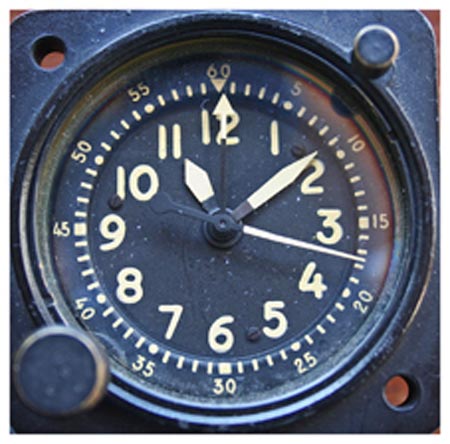 |
|
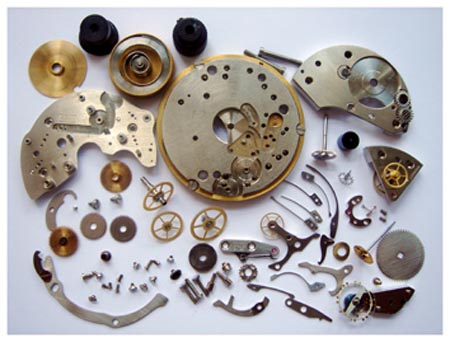 |
|
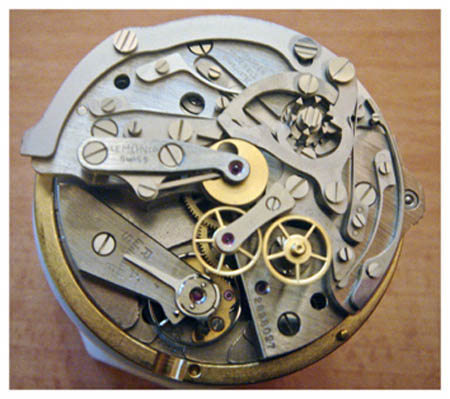 |
|
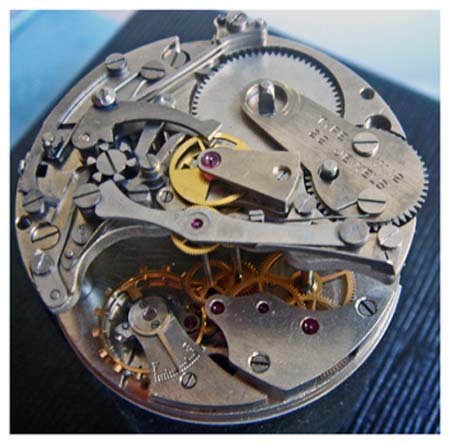 |
|
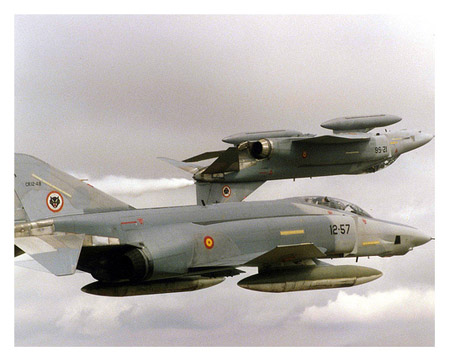 |
|
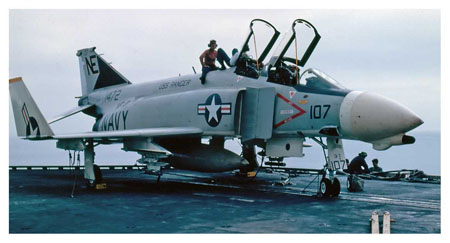 |
|
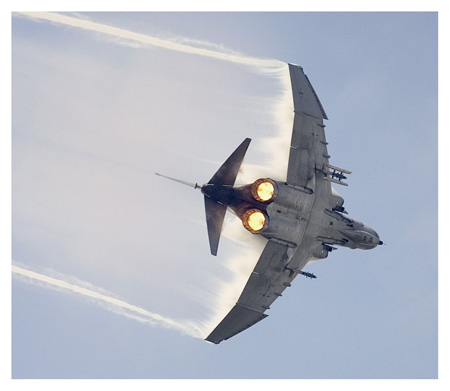 |
|
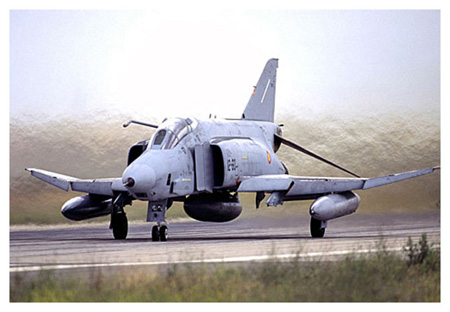 |
|
F-4 PANTHOM ACES |
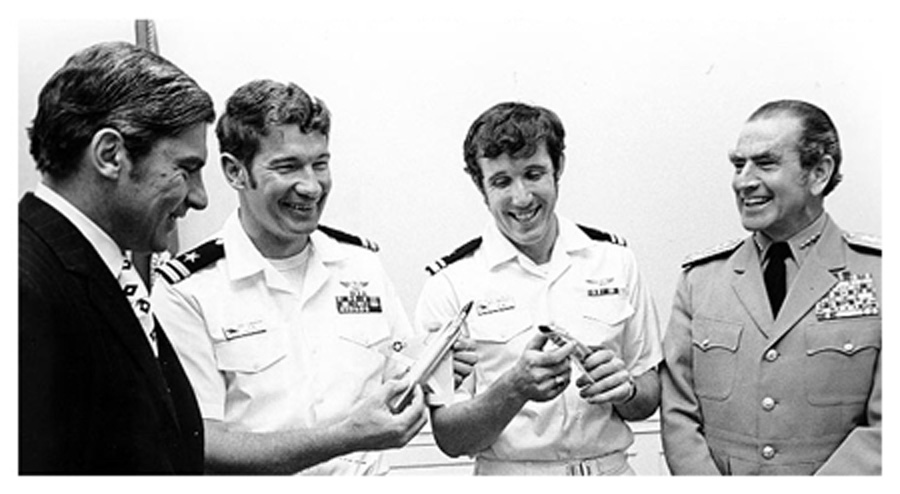 |
Randy Cunningham and his RIO, William Driscoll, with five victories, are the first and only aces of the Vietnam War. Both were among the first crews to graduate from the Top Gun school.The first shootdown was achieved with the Sidewinder despite having two MiGs locked onto the unreliable Sparrow missiles. Cunningham opted to close the distance and engage with the Sidewinder, securing their first victory on the second shot.Four months later, on May 8th, 1972, they recorded their second shootdown, followed by three more over the next three days, bringing their total to five.The fifth takedown holds a legendary status for several reasons. Firstly, the MiG-17 pilot was initially identified as Colonel Tomb, the Vietnamese air ace. This was later disproven. Secondly, Cunningham's unconventional strategy proved decisive. During the vertical climb with neither aircraft gaining an advantage, he shut down the engine and deployed the speed brakes, gaining enough tail position to shoot down the MiG. This maneuver is depicted in the movie Top Gun, but with an F-14 Tomcat instead of the F-4, reflecting the movie's production era.Returning to the USS Constellation, they were struck by a surface-to-air missile (SAM). The aircraft lost control due to damage to both hydraulic systems and multiple fire warnings. Determined to avoid capture, Cunningham kept the crippled F-4 airborne, flying inverted for as long as possible. However, with complete system failure and the plane in a flat spin, they were forced to eject near the coast. They were quickly rescued from the water by a helicopter.From the book "FOX TWO" by Randy Cunningham |
GO TO - CLOCKS FOR SALE |
GO TOP OF THE PAGE |
HOME |